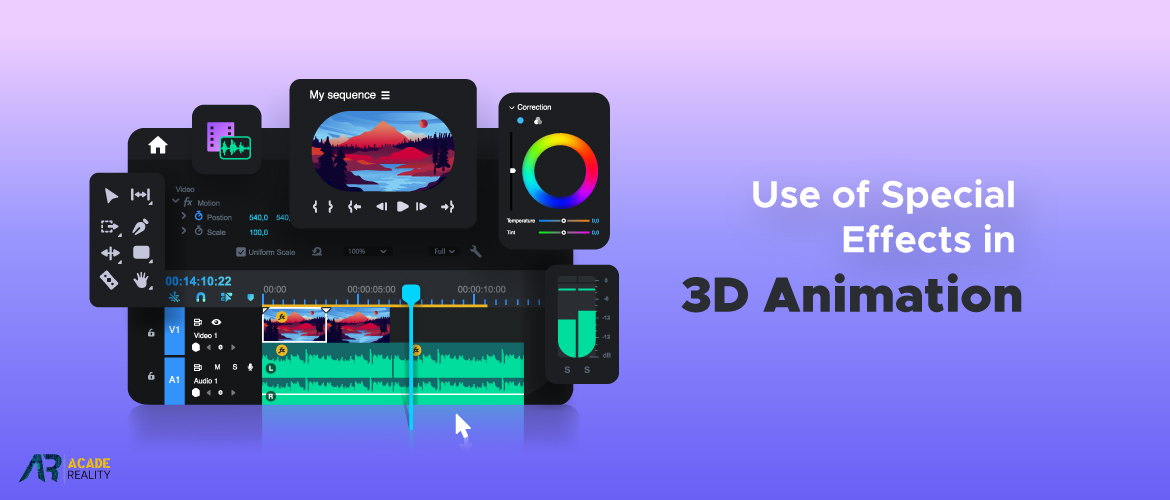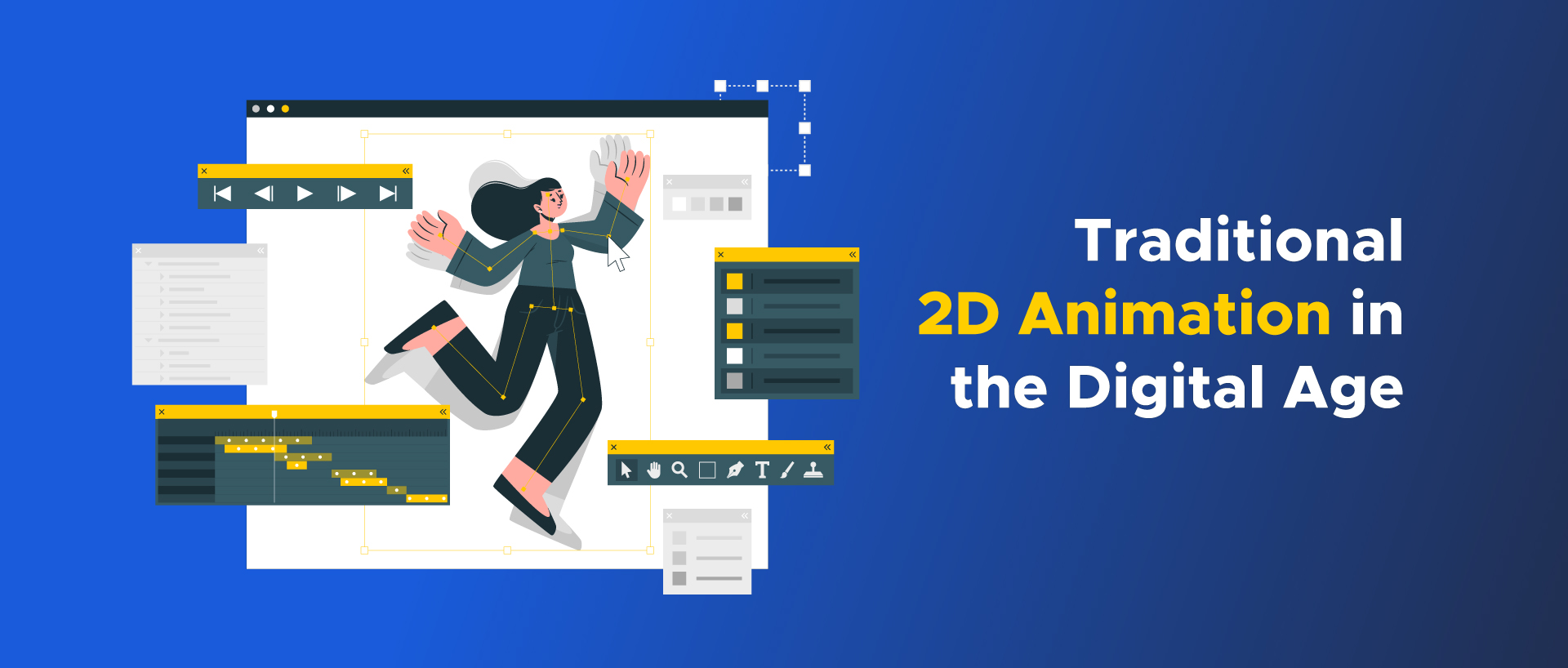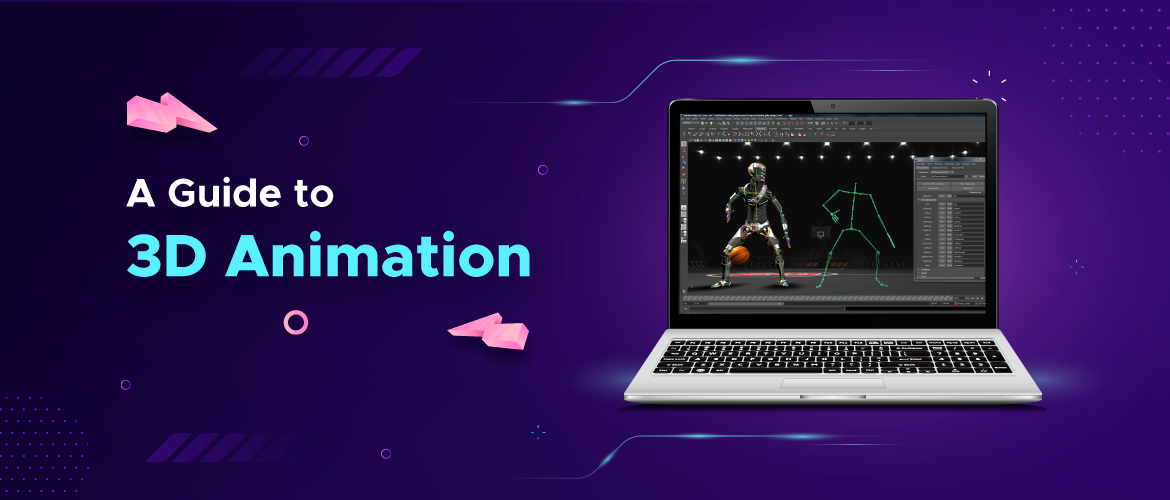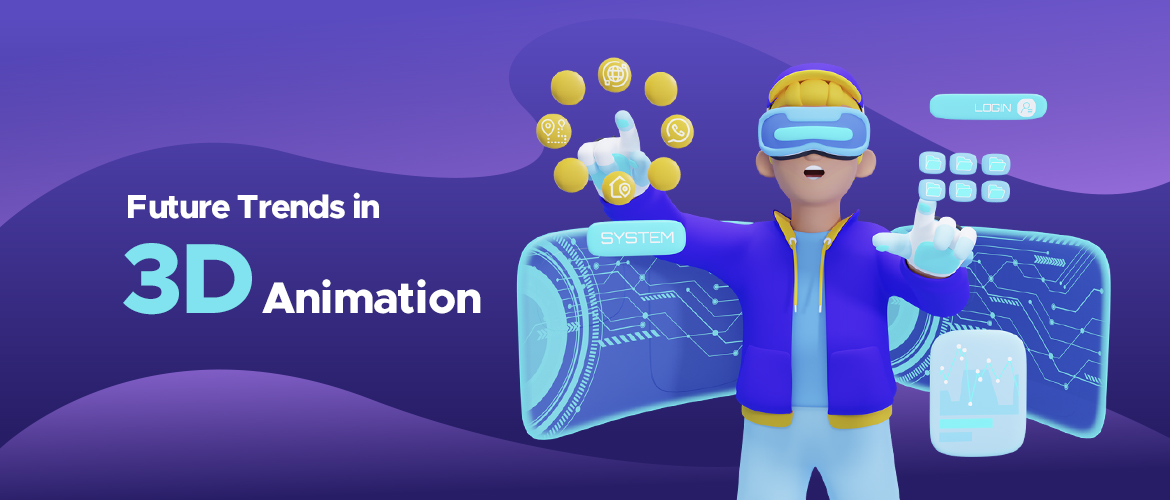Leatest Blogs
The Evolution of Animation: Emerging Trends and Technologies
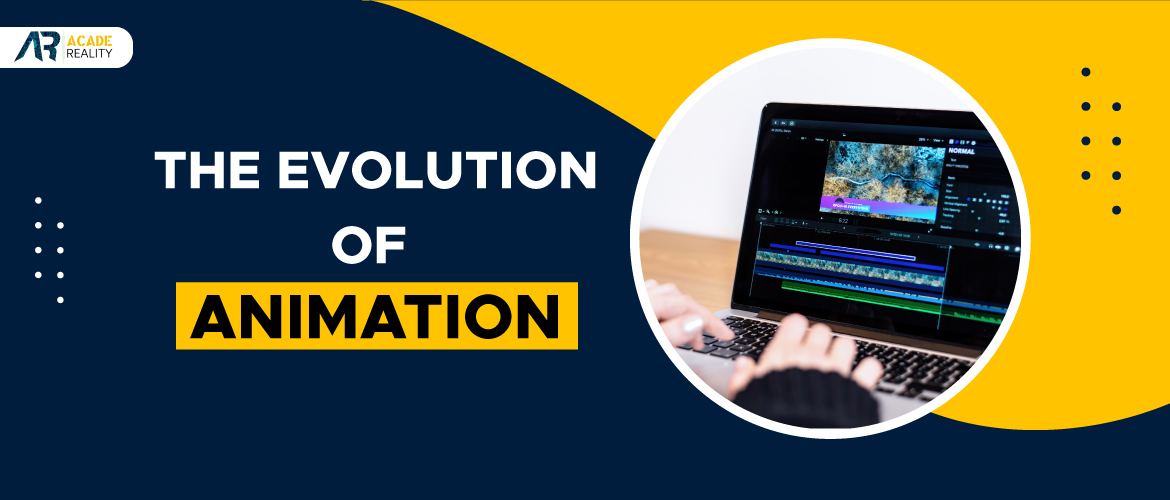
Introduction
Animation has come a long way since its inception, evolving from simple hand-drawn sketches to sophisticated computer-generated wonders. In this comprehensive exploration of the Evolution of Animation, we will delve into how the art form has transformed over the years. Additionally, we will also examine the contemporary landscape of animation and explore the Emerging Trends and Technologies that are shaping its future. This journey through time and technology will highlight the profound impact of animation on various industries, and provide insights into the boundless potential of this captivating art form.
A Glimpse into the Past
History and Development of Animation began long before the advent of modern technology. It can be traced back to the ancient art of cave paintings and hieroglyphics, which can be seen as early attempts at visual storytelling. Over the centuries, various techniques evolved, with zoetropes, magic lanterns, and flipbooks serving as precursors to the animated films we know today. The first known animated film, "Fantasmagorie" by Émile Cohl in 1908, marked a significant step in the history of animation. It used traditional hand-drawn methods, setting the stage for the golden age of animation that followed.
The Golden Age of Animation
The early 20th century witnessed the rise of animation studios such as Disney, Warner Bros., and Fleischer Studios, where talented artists hand-drew every frame. Iconic characters like Mickey Mouse, Bugs Bunny, and Betty Boop captured the hearts of audiences worldwide. These pioneering studios laid the foundation for animation as a storytelling medium, creating timeless classics that are still cherished today. The innovation of cel animation, where characters and backgrounds were drawn on transparent sheets, allowed for more fluid and cost-effective animation production.
Transition to Technicolor and Sound
As technology advanced, animation also evolved. The introduction of Technicolor and sound in the late 1920s and early 1930s brought a new level of realism and engagement to animated films. Disney's "Steamboat Willie," featuring Mickey Mouse, became one of the first synchronized sound cartoons. The inclusion of color and sound transformed the animation experience, making it more immersive and captivating for audiences.
Emergence of 3D Animation
The 1950s marked a significant shift with the advent of 3D animation. This technology allowed animators to create three-dimensional objects and characters, moving away from the traditional 2D style. One of the pioneering examples of this transition was "3D Dinosaur Adventure" by Phil Tippett, a stop-motion animated short film. The world of animation was on the cusp of a digital revolution.
The Digital Revolution
The late 20th century witnessed the birth of computer-generated imagery (CGI), a groundbreaking development that revolutionized animation. Pixar's "Toy Story" in 1995 was a game-changer, being the first feature-length film entirely created using CGI. The ability to render realistic characters and environments on screen opened up new possibilities for storytelling and visual effects. As technology advanced, CGI animation continued to evolve, bringing lifelike creatures, detailed worlds, and intricate character expressions to the screen.
The Influence of Animation on Other Industries
The influence of animation expanded beyond the entertainment industry. Marketing and advertising started to incorporate animation techniques, creating visually engaging and memorable commercials. Animation also played a significant role in the video game industry, enhancing gameplay and immersing players in virtual worlds. Additionally, educational institutions utilized animation to make learning more interactive and engaging. This cross-industry impact demonstrated the versatility of animation as a medium for communication and storytelling.
Animation Services
The growing demand for animation led to the development of specialized Animation Services. These services encompass a wide range of offerings, including character design, storyboarding, 2D and 3D animation, visual effects, and post-production services. Animation studios and freelancers have flourished, providing a diverse array of services to meet the needs of various industries. Whether it's creating captivating advertisements, explainer videos, or immersive gaming experiences, It has become a cornerstone of modern media production.
Emerging Trends and Technologies
As we move further into the 21st century, animation continues to evolve. Emerging trends and technologies are reshaping the landscape of animation, offering new avenues for creativity and storytelling. Let's explore some of the most prominent developments in the world of animation.
1. Virtual Reality (VR) and Augmented Reality (AR)
Virtual Reality and Augmented Reality have transformed the way we experience animation. VR allows users to immerse themselves in animated worlds, making them active participants in the story. AR, on the other hand, overlays digital animation in the real world, providing unique interactive experiences. These technologies are increasingly being used in gaming, education, and marketing, offering a new level of engagement and immersion.
2. Motion Capture and Performance Animation
Motion capture technology has become a game-changer in animation. It involves tracking the movements of real actors and applying them to animated characters. This technique creates highly realistic and nuanced character animations, making it a valuable tool for film, gaming, and even virtual influencers.
3. Artificial Intelligence and Machine Learning
Artificial intelligence and machine learning are being applied to animation in various ways. AI can assist in automating the animation process, speeding up production, and reducing costs. It can also generate lifelike facial expressions and movements, contributing to more convincing character performances.
4. Real-time Animation
Real-time animation allows animators to see their creations come to life instantly, eliminating the need for lengthy rendering times. This technology is being embraced in the gaming industry, as it allows for dynamic and interactive storytelling.
5. Blockchain and NFTs in Animation
Blockchain technology and non-fungible tokens (NFTs) have started to make their mark in the animation world. Animators and artists are exploring the use of NFTs to sell unique digital collectibles and monetize their work. This presents new opportunities for creators to gain recognition and financial rewards for their contributions.
6. Experimental Animation Techniques
Artists and animators are continually pushing the boundaries of traditional animation. Experimental techniques, such as abstract animation, generative art, and interactive narratives, are challenging the norms and exploring new forms of storytelling and visual expression.
Challenges and Opportunities in Modern Animation
While animation has made remarkable progress, it still faces its own set of challenges in the modern era. The demand for high-quality animation content continues to grow, and competition is fierce. Here are some of the challenges and opportunities in the contemporary animation landscape:
1. Balancing Artistic Creativity and Commercial Success
As animation becomes more integrated into various industries, there is a constant need to balance artistic creativity with commercial success. Animators and studios must find ways to create content that resonates with audiences while meeting the goals of their clients or companies.
2. Diversity and Representation
The animation industry is gradually addressing issues of diversity and representation. There is a growing awareness of the importance of including diverse voices, characters, and stories in animation. This shift towards inclusivity offers opportunities to explore a wider range of narratives and perspectives.
3. Sustainability in Animation Production
The animation industry, like many others, is increasingly focusing on sustainability. Studios are exploring eco-friendly production practices and reducing their carbon footprint. This initiative not only benefits the environment but also aligns with the values of modern audiences.
4. Education and Skill Development
With the rapid evolution of animation technologies, animators and professionals need to continually update their skills and knowledge. Educational institutions and online platforms are offering courses to help individuals stay current and adapt to the ever-changing animation landscape.
Conclusion
In conclusion, animation's journey is a testament to human creativity and innovation. From humble beginnings to cutting-edge technologies, it has shaped storytelling and visuals. Animation's influence extends beyond entertainment to marketing, education, and more. Animation services are vital for diverse media production needs. Emerging trends like VR, AI, and blockchain promise a more immersive and interactive future. Challenges include balancing art and commerce, promoting diversity, and addressing sustainability. Education remains key to staying ahead. Animation's future is bright, promising endless potential and captivating storytelling.
You Might Like
